Greaseproof PE-Coated Paper
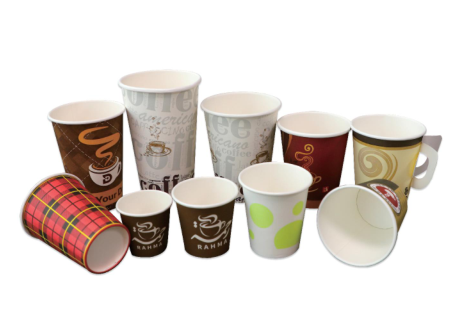
Definition and Composition
Greaseproof PE-coated paper, a paper of particular design to resist the intrusion of grease or oil, is a commonly employed type of paper in the realm of food packaging. Its purpose is to uphold the integrity of the packaging, preventing any leakage or contamination. The paper is adorned with a layer of polyethylene (PE) on one or both sides, thus providing an added barrier against grease and moisture. This coating enhances the paper's resistance to grease, rendering it suitable for a variety of food packaging needs.
Comparison of Composition with Other Types of Paper
When juxtaposed with other types of paper, greaseproof PE-coated paper exhibits distinctive advantages in terms of its composition and performance. Unlike ordinary paper, greaseproof paper undergoes treatment with special additives or coatings that confer resistance to grease and oil. The inclusion of a polyethylene coating further heightens its resilience against moisture and liquids. Conversely, alternative types of paper, such as wax paper or parchment paper, rely on disparate methods to achieve grease resistance. Wax paper is coated with a thin layer of wax, while parchment paper is treated with a silicone coating. Each variant of paper possesses its own specific applications and suitability for diverse circumstances.
Characteristics and Benefits of Greaseproof PE-Coated Paper
Greaseproof PE-coated paper possesses a multitude of characteristics and benefits that render it a versatile and environmentally conscious choice for a variety of applications.
Resistance to grease and oil
One of the primary advantages of greaseproof PE-coated paper lies in its exceptional resistance to grease and oil. The polyethylene coating acts as an impenetrable barrier, obstructing the infiltration of oils and greases. This quality makes it exceedingly suitable for packaging oily or greasy food products. Consequently, the paper remains robust and durable, maintaining its integrity and safeguarding the contents from any potential contamination.

Waterproof properties
In addition to its resistance to grease and oil, greaseproof PE-coated paper also exhibits remarkable waterproof properties. The polyethylene coating forms an impervious barrier, preventing the absorption of moisture and liquids. This renders it an excellent choice for packaging food items that may contain liquids, such as sauces, soups, or dressings. The waterproof nature of the paper guarantees that the contents remain fresh and unaffected by any external moisture.
Heat resistance
Greaseproof PE-coated paper is ingeniously designed to endure high temperatures, rendering it suitable for a variety of heat-related applications. The paper can withstand the heat emanating from hot food items, such as fried or baked goods, without compromising its integrity or compromising the quality of the packaging. This heat resistance ensures that the paper remains sturdy and reliable, providing a secure and dependable packaging solution for hot food products.
Versatility in various applications
Owing to its unique combination of properties, greaseproof PE-coated paper is highly versatile and can be employed in a wide range of applications. It is commonly utilized in the food industry for packaging greasy or oily food items, as well as for enveloping sandwiches, burgers, or pastries. Additionally, it finds utility in other industries, such as cosmetics or pharmaceuticals, where resistance to grease, oil, and moisture is imperative.
Sustainability and eco-friendliness
Yet another notable benefit of greaseproof PE-coated paper is its sustainability and eco-friendliness. The paper is typically fashioned from renewable resources, such as wood pulp, and the polyethylene coating can be derived from recycled materials. This renders it a more environmentally conscious alternative to conventional packaging materials. Moreover, greaseproof PE-coated paper is biodegradable and compostable, thereby reducing its impact on the environment and promoting a more sustainable approach to packaging.
Definition and Composition of Parchment Paper
Parchment paper, also known as baking paper or bakery release paper, is a versatile type of paper that is widely used in the culinary arts. It is crafted by undergoing a meticulous treatment process involving sulfuric acid or zinc chloride, which imbues it with a non-stick surface and remarkable heat resistance. The origins of parchment paper can be traced back to ancient times when it was employed for writing and preserving significant documents. In the present day, it has become an indispensable tool in the culinary realm, renowned for its ability to prevent food from adhering to baking sheets and pans, as well as its exceptional tolerance for high temperatures.
Frequently Asked Questions:
 1.Is PE coated paper biodegradable?
1.Is PE coated paper biodegradable?
These PE coated paper are recyclable, but are not biodegradable and compostable. You can separate a thin layer of film out when the paper fibers have softened after soaking the
paper cups in alcohol for 3-5 minutes. Hydepackage have many
paper cups with PE coated paper, which is water, moisture, oil and penetration resistant and high temperature resistant. Single wall
paper cups, double wall
paper cups,
ripple wall paper cups,
cold drink paper cups,
paper cups with handle, PLA
paper cups and foam coffee cups, various cups can meet all of your needs.
2.What is PE coated paper used for?
3.PE coated paper is used generally on the inner that surface of
paper cups, which can make our
paper cups waterproof and strong, the layer on the surface of
paper cups we call PE coated paper.
Comparison between Greaseproof PE-Coated Paper and Parchment Paper
In the realm of paper, there exists a comparison of great importance - that between the esteemed Greaseproof PE-Coated Paper and the venerable Parchment Paper. These two papers, widely utilized in various industries, share a common thread in their resistance to grease and heat. Yet, it is in their composition and manufacturing process that they diverge, leading to distinct applications and uses. Moreover, their impact on the environment, as well as their cost and availability, must be taken into account when making a choice between the two.

Similarities in grease resistance and heat resistance
Both Greaseproof PE-Coated Paper and Parchment Paper possess an admirable resistance to the perils of grease and heat. Withstanding the trials of high temperatures without faltering, these papers find their purpose in the realms of baking, food packaging, and other domains where exposure to oil and heat is commonplace. The PE coating of Greaseproof PE-Coated Paper and the inherent qualities of Parchment Paper form a barrier, ensuring that no oil or grease may infiltrate the paper and thus preserving the integrity of its contents and the cleanliness of its packaging.
Varied use cases and applications
Given their divergent properties, Greaseproof PE-Coated Paper and Parchment Paper find themselves serving different purposes and fulfilling varied roles. Greaseproof PE-Coated Paper is commonly employed in the realm of food packaging, encompassing fast food wrappers, butter and margarine wraps, and bakery products. Its presence ensures a steadfast barrier against grease and moisture, thus guaranteeing the freshness of the food and the cleanliness of the packaging. Parchment Paper, on the other hand, is a stalwart companion in the realms of baking and cooking. Its non-stick surface and resistance to heat make it the ideal choice for lining baking sheets, wrapping foods for oven cooking, and preventing the unfortunate occurrence of sticking during food preparation.
Environmental impact and sustainability
Greaseproof PE-Coated Paper, while undoubtedly functional, presents a challenge in terms of recyclability due to the presence of the PE coating. The separation of this coating from the paper requires specialized recycling processes, which can prove to be both arduous and costly. Conversely, Parchment Paper, crafted from natural materials, possesses the virtue of being biodegradable. It can be composted and recycled alongside other paper products, making it the more environmentally friendly choice.
Hyde Group can provide you with any customized printing and size of
paper cups you want, which has over 13 years of export experience and has exported to more than 150 countries, you can feel free to contact us to custom and wholesale, we will reply within 24 hours.
 4144
4144 249
249



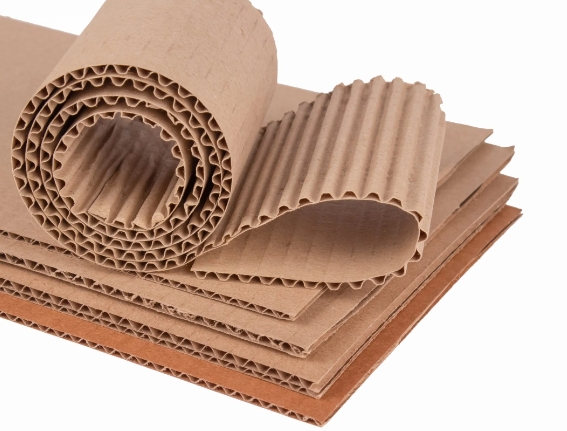 The Diversity of Corrugated Boxes Packaging
The Diversity of Corrugated Boxes Packaging
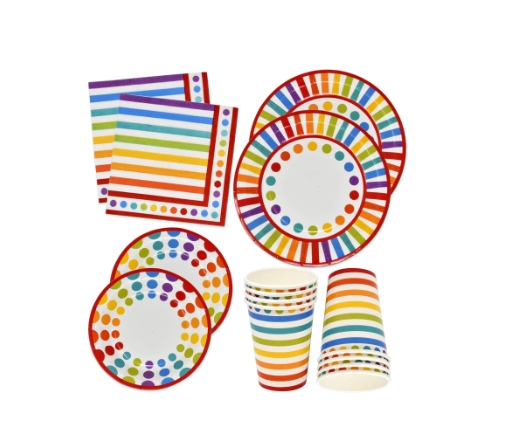 Health Concerns With Disposable Paper Plate Usage
Health Concerns With Disposable Paper Plate Usage
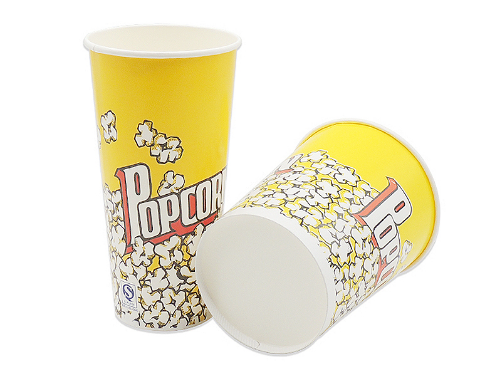 Understanding PE Coated Paper
Understanding PE Coated Paper
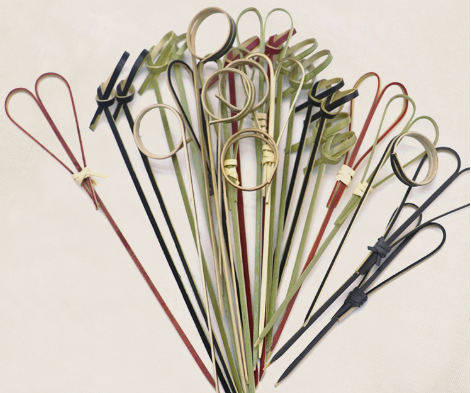 Versatile Bamboo Sticks: Types, Uses, and Benefits
Versatile Bamboo Sticks: Types, Uses, and Benefits